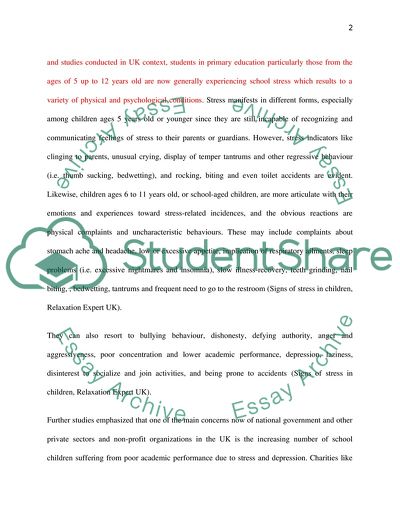Cite this document
(“The use of deep breathing exercises as a stress management technique Essay”, n.d.)
The use of deep breathing exercises as a stress management technique Essay. Retrieved from https://studentshare.org/miscellaneous/1551518-the-use-of-deep-breathing-exercises-as-a-stress-management-technique-for-elementary-school-children
The use of deep breathing exercises as a stress management technique Essay. Retrieved from https://studentshare.org/miscellaneous/1551518-the-use-of-deep-breathing-exercises-as-a-stress-management-technique-for-elementary-school-children
(The Use of Deep Breathing Exercises As a Stress Management Technique Essay)
The Use of Deep Breathing Exercises As a Stress Management Technique Essay. https://studentshare.org/miscellaneous/1551518-the-use-of-deep-breathing-exercises-as-a-stress-management-technique-for-elementary-school-children.
The Use of Deep Breathing Exercises As a Stress Management Technique Essay. https://studentshare.org/miscellaneous/1551518-the-use-of-deep-breathing-exercises-as-a-stress-management-technique-for-elementary-school-children.
“The Use of Deep Breathing Exercises As a Stress Management Technique Essay”, n.d. https://studentshare.org/miscellaneous/1551518-the-use-of-deep-breathing-exercises-as-a-stress-management-technique-for-elementary-school-children.


